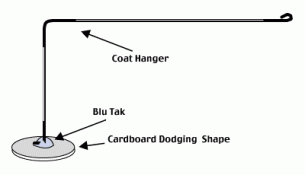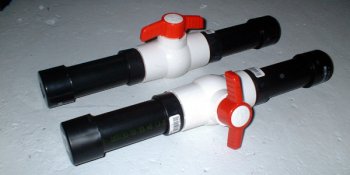craigclu
Subscriber
I didn't quickly find any specific area that this seemed to be a primary thread topic so I thought I'd start one. There are so many little tips that one would accumulate when working directly with others in darkroom activities and this seems to be a great, modern place to pass on those small tidbits that might enhance their darkroom experiences. Some very basic ideas that one person might take for granted as common knowledge might not have been so obvious or discovered on one's own....
Here's one to start:
When measuring dry chemicals, place the supply container, cover off, onto your scale (assuming digital), then tare. The scale will measure negative values as you remove material. This allows you to tap off your spoon on the receiving vessel and better account for clinging material and also helps to avoid mistakes of over-adding that can occur when trickling directly to the receiving vessel or spoon from the supply. It seems so obvious but when I was first shown this, it created one of those forehead flattening moments for me!
Related... I also reload for firearms target shooting. The inexpensive grain scales used for this easily handle very small quantity measuring. I keep my formulas on spreadsheets, with a side column showing the grain equivalent to grams. One gram = 15.4324 grains so if you need 0.2 grams, my recipe also shows the easily measured grain equivalent of 3.1 grains.
Here's one to start:
When measuring dry chemicals, place the supply container, cover off, onto your scale (assuming digital), then tare. The scale will measure negative values as you remove material. This allows you to tap off your spoon on the receiving vessel and better account for clinging material and also helps to avoid mistakes of over-adding that can occur when trickling directly to the receiving vessel or spoon from the supply. It seems so obvious but when I was first shown this, it created one of those forehead flattening moments for me!
Related... I also reload for firearms target shooting. The inexpensive grain scales used for this easily handle very small quantity measuring. I keep my formulas on spreadsheets, with a side column showing the grain equivalent to grams. One gram = 15.4324 grains so if you need 0.2 grams, my recipe also shows the easily measured grain equivalent of 3.1 grains.













